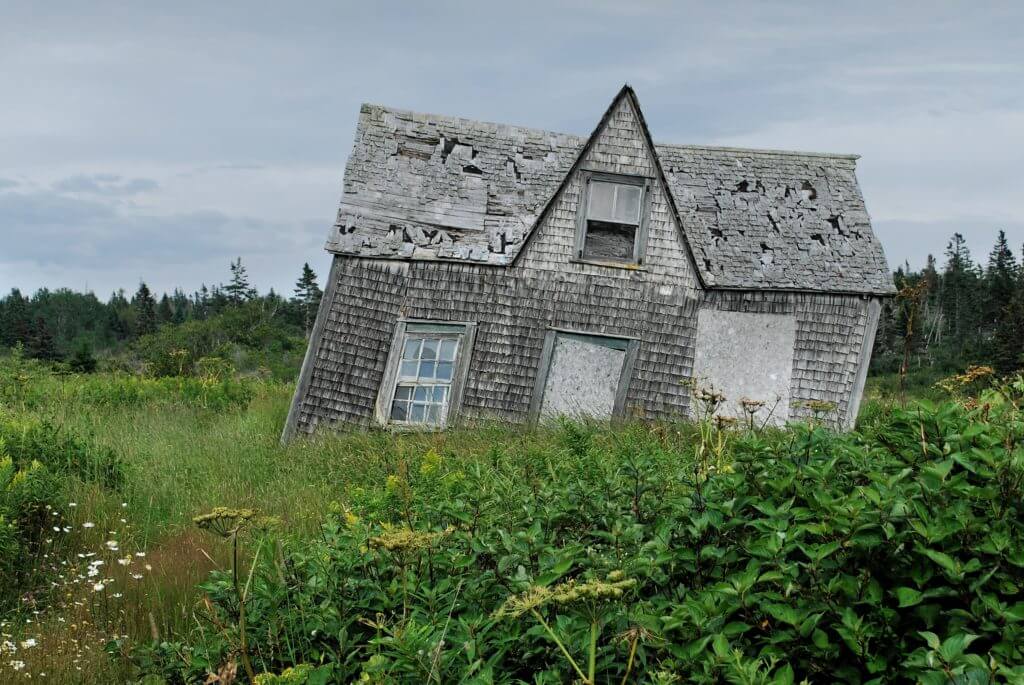
Finding the Right Property for a Knock Down Rebuild
Deciding whether to buy, renovate or knock down rebuild (KDR) is a tricky one. While on the surface it may seem that a lick of paint here and a new cupboard there may be the cheaper option, renovation costs can quickly escalate. It can also be very time consuming- not to mention- expensive, hunting for your dream house in your dream location. Choosing to knock down and rebuild allows homeowners to retain the value of the land, which is often worth more than the house.
Before you sign on the dotted line and start drawing up plans, there are a few things to look out for on your Saturday morning round-up. It may take months to find the perfect location for your knock down rebuild, but orientation and block size are really important. Consider this your knock-down rebuild list:
1. Heritage protections
There are heritage registers in each state and most councils will identify heritage-listed properties on their Local Environmental Plan. In some instances, whole streetscapes fall under protection, in other cases you may only need to retain a heritage facade, a front fence or even a particular tree. For unlisted homes, you may still need a demolition permit which can take a few weeks depending on your council requirements.
2. Council rules and regulations
Development control plans vary widely from state to state and from council to council, so your most important homework is to find out what’s allowed in your suburb, your street and on your particular block. You can’t always rebuild a house to the same footprint, height and bulk as the pre-existing home, or the neighbouring homes. Rules around set-backs and height limits change- the house you’re knocking down may not be allowed to be built today. Think of it like swimming pool rules in the 70s vs today.
Flood-prone areas may require a home to be built on bearers and joists rather than a slab on-ground, while bushfire rated zones will come with a set of council requirements around fire-retardant materials, particularly windows and doors, that generally increase the cost of your build. Blocks less than 500 square metres also require you to consider neighbouring properties, affecting what you build and where you site the house too. You can review title documents and request a property report online, and can be further clarified in person without cost at your local council.
Not sure where to start? No problem- that’s what we’re here for.
3. Budgeting a knock down rebuild
Correctly calculating the total cost of a knock down rebuild is, of course, crucial. Apart from the obvious up-front expenses of a block of land and a builder to build your new home, there are multiple expenses that will pile up.
These include the rent and mortgage repayments you’ll need to cover while the build is underway, as well as finishing touches like landscaping. Make sure you have a contingency fund for unknowns- like removing asbestos, providing temporary power poles and traffic control, and for items that aren’t included in standard build contracts like window furnishings, light fittings and driveways. A good rule of thumb is to have access to additional funds representing at least 10 per cent of the build cost to put towards hidden or unexpected expenditures.
If you live in Sydney, read our list of 7 surprising knock down rebuild costs to budget for.
4. Your builder
Like any long-term relationship, it’s really important to look for the right fit when it comes to the builder who’s building your home. There are many types of builders- from volume builders to new home builders. A volume builder design may not necessarily fit your land size and layout, plus your house will look the same as hundreds of others whereas custom design builders collaborate intensively with families to provide a bespoke design that meets regulatory requirements.
Nailed the hit list? We’re ready when you are. Contact us today to get started on your dream home.
Experience
the
Difference
Ready to start your building journey? Chat to our team of experts today and get a FREE personalised quote
Find Out More
Related Posts




